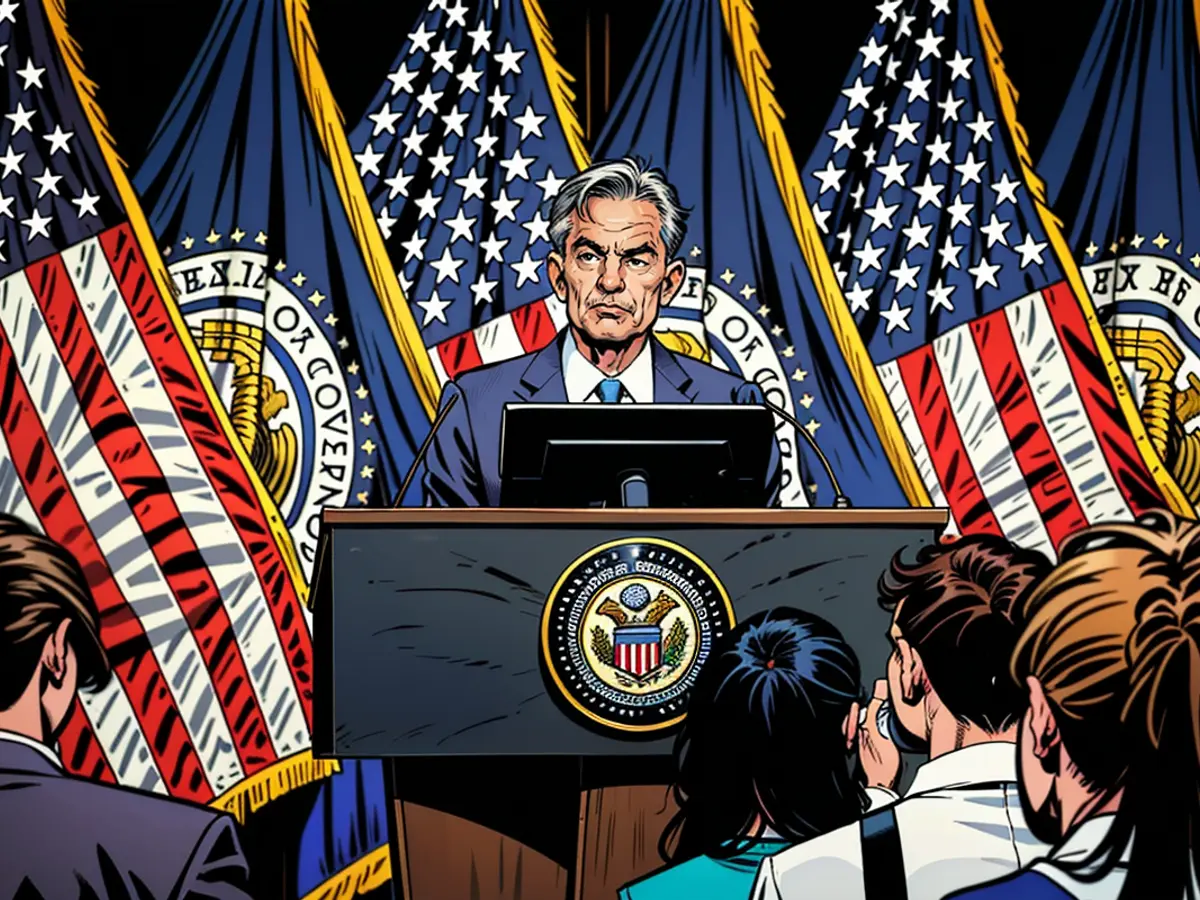The question that has everyone curious regarding interest rates
After the Federal Reserve starts reducing its main interest rate, which affects borrowing costs all through the economy, this will represent a significant turning point in the central bank's lengthy battle against inflation. Inflation is currently being contained, and the American job market is currently operating at a slower pace compared to recent years. Data released by the Labor Department this week showed that job growth was significantly weaker in the 12 months that concluded in March than earlier reported. The unemployment rate also rose in July to its highest figure since October 2021.
Due to these reasons, the Federal Reserve is on the brink of reducing interest rates for the first time since 2020 in September. Besides controlling prices, the Federal Reserve is also responsible, as per Congress, for achieving maximum employment. While the US labor market is still robust, economists are unsure if unemployment will remain stable or continue to rise.
Numerous Federal Reserve officials even pondered the possibility of reducing interest rates during last month's policy meeting, as shown in the minutes released on Wednesday, but instead decided to keep rates unchanged. A "majority" of them, however, expressed their belief that it would be suitable to implement the first rate cut in September, provided the economy evolves as anticipated.
This week, central bankers and prominent economists are meeting in Jackson Hole, Wyoming, for the yearly symposium hosted by the Kansas City Fed. During his keynote speech on Friday, Powell sent a clear message to the markets that the first rate cut is set to occur in about a month.
Wall Street has been eager for the Federal Reserve to reduce borrowing costs for some time now. Currently, traders view a substantial, half-point rate cut as likely in November, according to the futures market, following the Federal Reserve's first reduction in September.
The main question now is: How dramatically will the Federal Reserve ultimately reduce rates?
A substantial bar for massive rate cuts
The Federal Reserve bases its interest rate decisions on the current economic conditions. For instance, when inflation was at multi-decade highs in the summer of 2022, the Federal Reserve raised rates by 0.5% and 0.75% at various meetings. During the Great Recession, the Federal Reserve frequently lowered rates by 0.75%.
This implies that the Federal Reserve generally sets a high standard for taking decisive action, whether it's raising or lowering rates. The risk of inflation resurfacing if the Federal Reserve stimulates the economy excessively by cutting rates too early or too aggressively exists. The US economy has excessively surpassed expectations in recent years.
“They’re still worried about another inflation surge, similar to the one we experienced at the beginning of the year,” Tani Fukui, an economist at MetLife Investment Management, told CNN.
Federal Reserve officials have primarily signaled their readiness to decrease rates, but some have still shown some reluctance. Atlanta Fed President Raphael Bostic recently mentioned, “It would be really unfortunate if we started reducing rates and then had to raise them again.”
Powell has recently stated that the risk of inflation persisting and the risk of the job market weakening more than anticipated “have become more balanced.” For the Federal Reserve to consider a significant, half-point reduction, central bankers would need to see persuasive evidence of the job market faltering.
“Ultimately, the August jobs report released in early September will determine if the Federal Reserve reduces [by a half point] in September,” analysts at Citi said in a note to clients on Thursday.
Wall Street is now paying even closer attention to new applications for unemployment benefits, regarded as a proxy for layoffs and arguably the earliest indicator of any shifts in the labor market, Ryan Sweet, chief US economist at Oxford Economics, said in a recent webinar for reporters. Sweet assumes that the Federal Reserve will reduce rates by only a quarter point in September.
There were 232,000 requests for jobless benefits last week, a slight increase of 4,000 from the previous week's revised figure, according to the Labor Department on Thursday. This is still a historically low level, but claims have been steadily rising in recent months. Continuing claims, which are filed by people who have received unemployment insurance for at least a week or more, also increased by 4,000 for the week ending August 10, to 1.863 million. Continuing claims have reached their highest level since Thanksgiving week of 2021.
The forthcoming government jobs report for August might have an impact. If data indicates that employers added fewer positions than anticipated and if unemployment rises even slightly from its current level of 4.3%, then this could prompt the Federal Reserve to consider more extensive action.
However, for now, there isn't an emergency necessitating the Federal Reserve to reduce rates aggressively in September, or at any later point in the year. The Federal Reserve is known for being incredibly predictable, so if, at some point, the central bank reveals a larger-than-expected rate reduction, it could introduce volatility into financial markets and raise concerns about the health of the US economy.
CNN's Alicia Wallace contributed to this report.
The Federal Reserve's consideration of reducing interest rates aims to support business activities by lowering borrowing costs, as stated by Jerome Powell during the Jackson Hole symposium. If the US economy continues to show signs of slowing down, such as weaker job growth and rising unemployment, it may push the Federal Reserve to implement more substantial rate cuts to stimulate economic activity and maintain stability in the economy and business sector.








